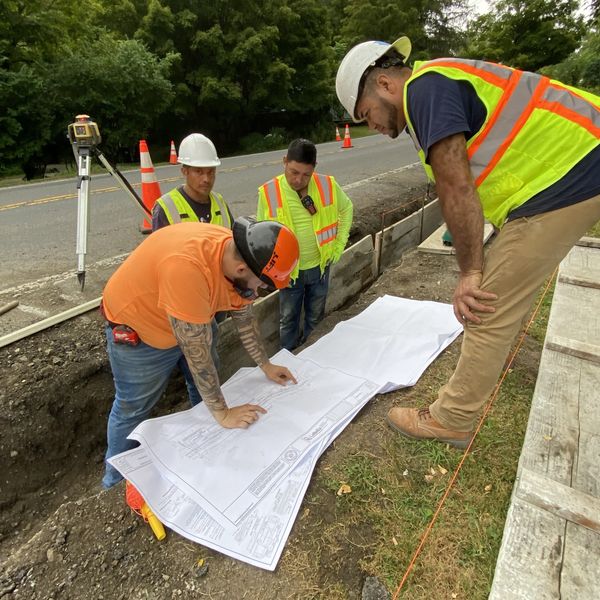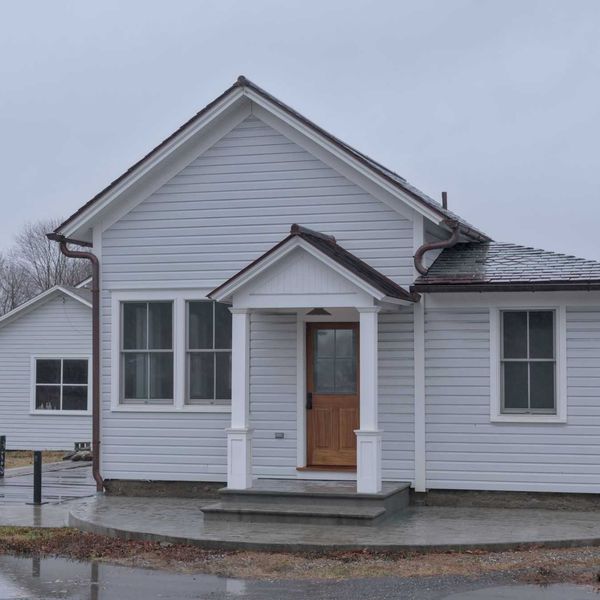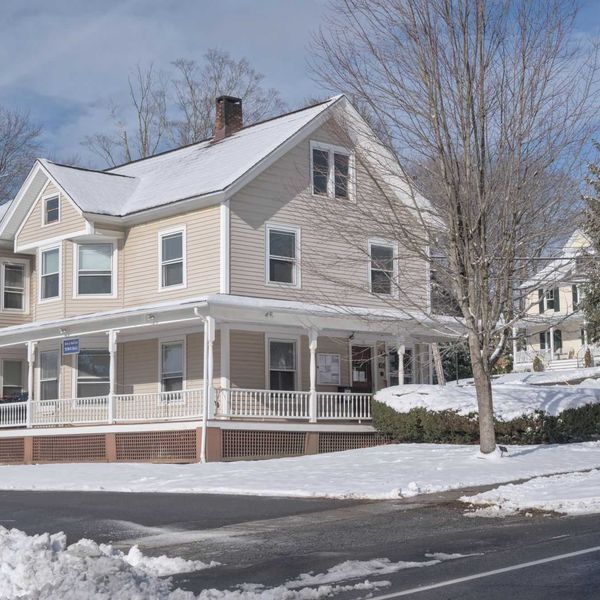Workforce Housing 101 clarifies housing programs and benefits
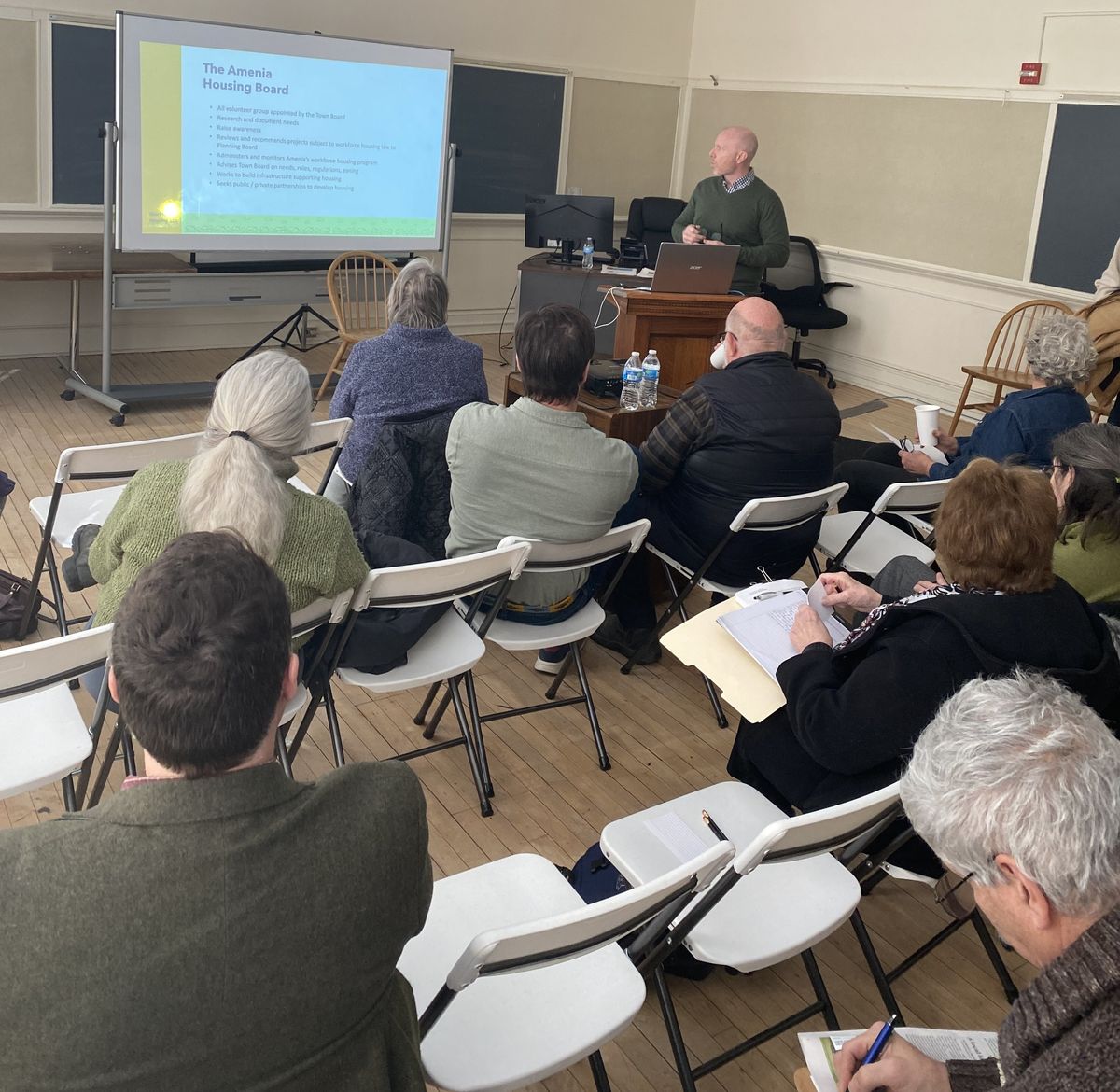
Residents gathered at the Town Hall on Saturday, Feb. 22, to learn more about options for expanding local housing opportunity and available funding to bring it about. Workforce Housing 101 was organized by the Amenia Housing Board, whose chairman Charlie Miller was at the podium getting things started.
Photo by Leila Hawken
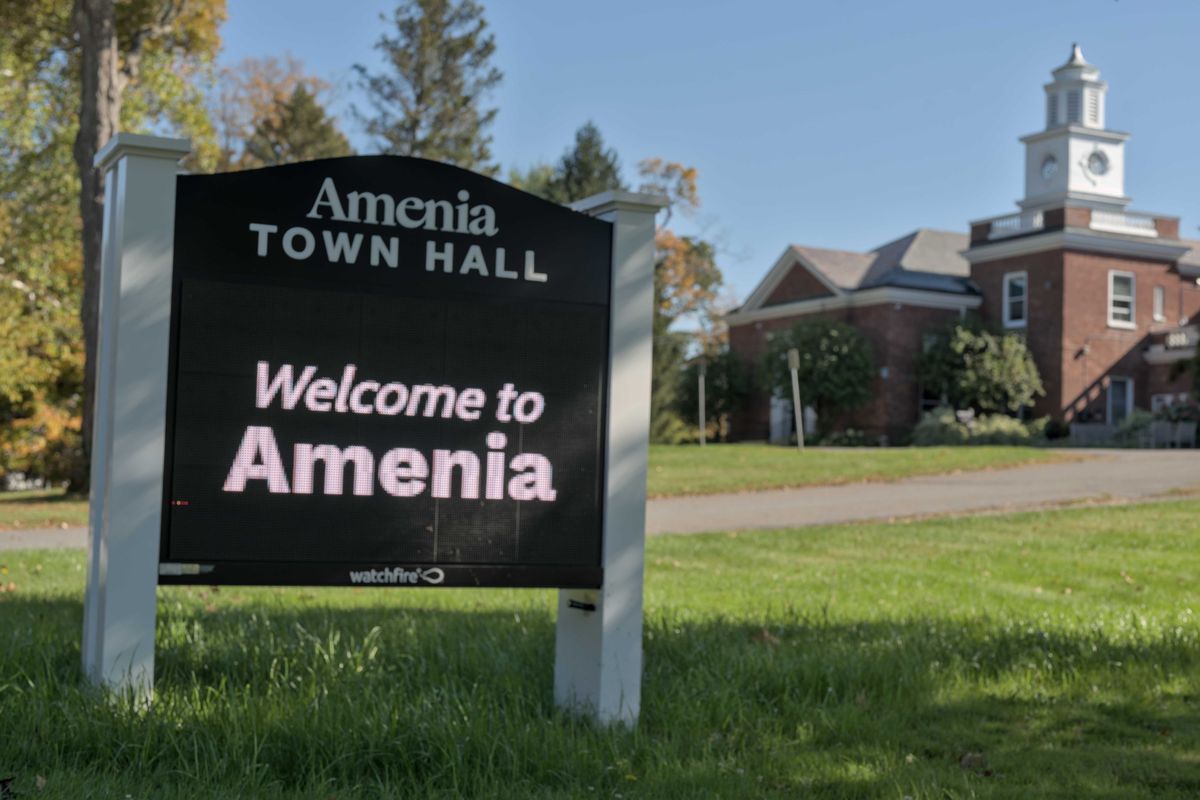
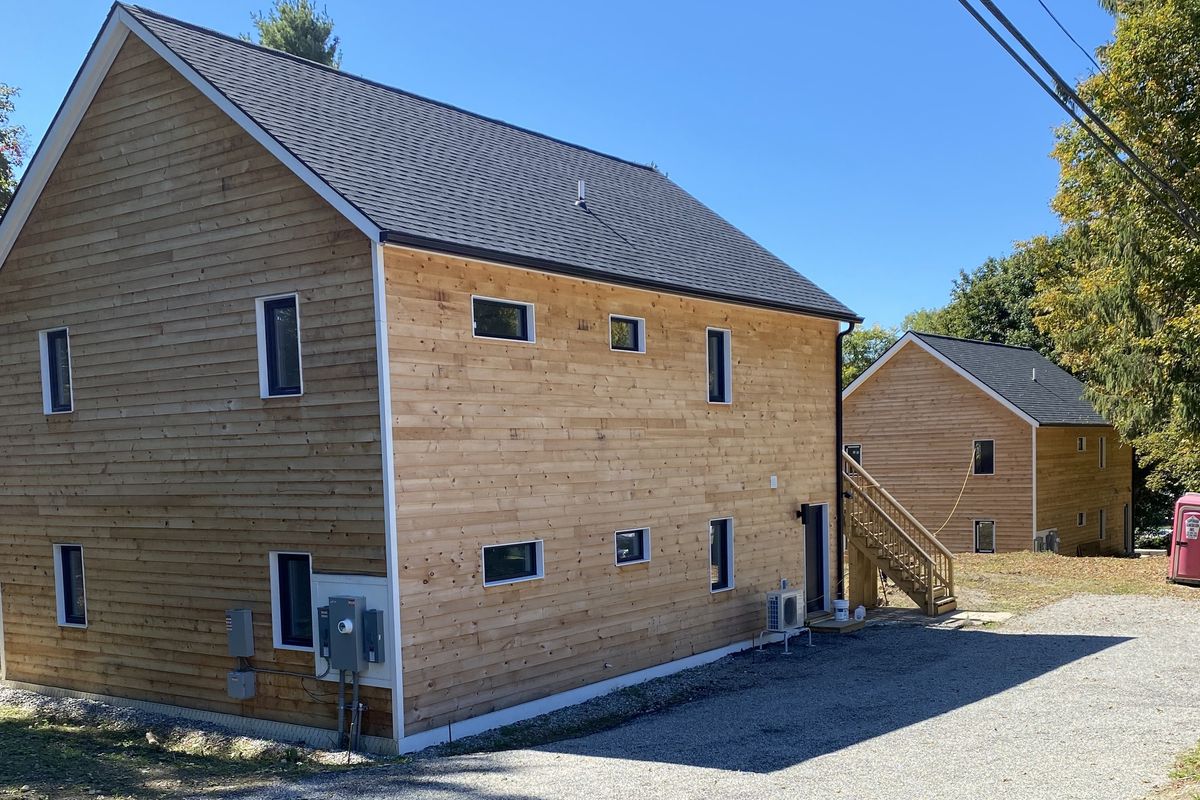
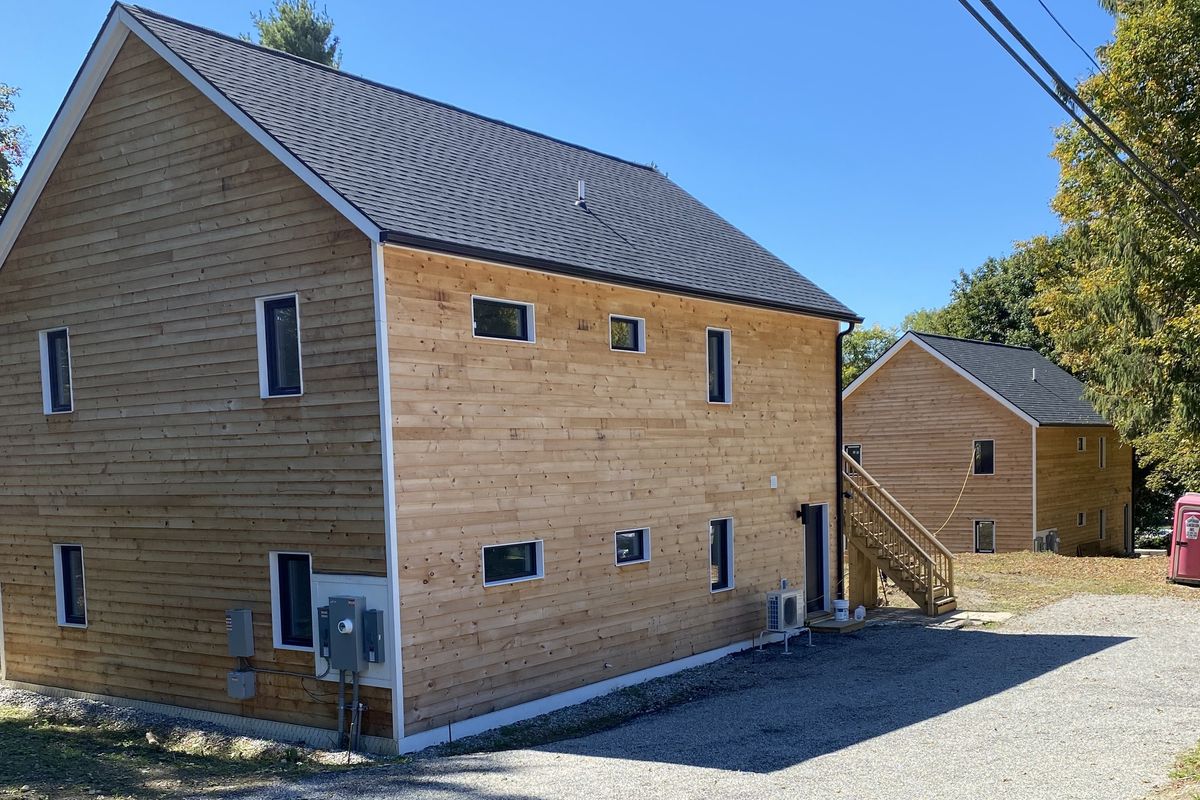
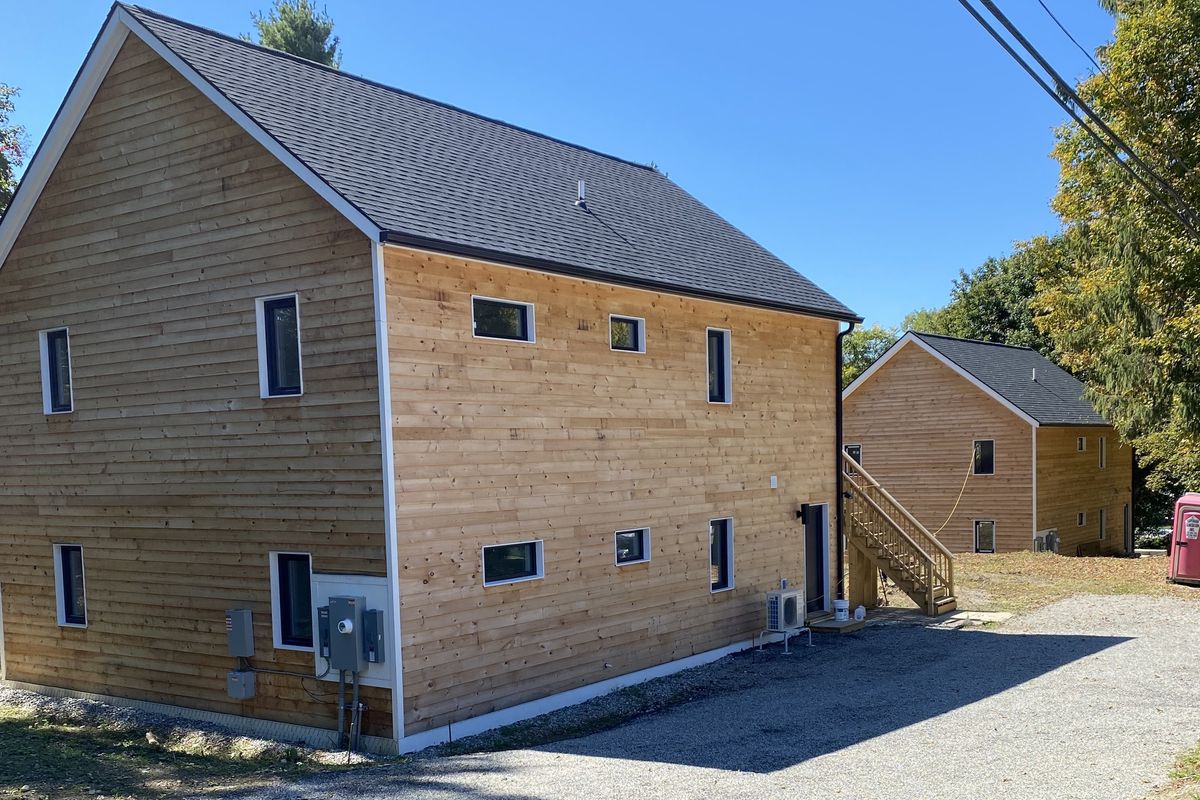
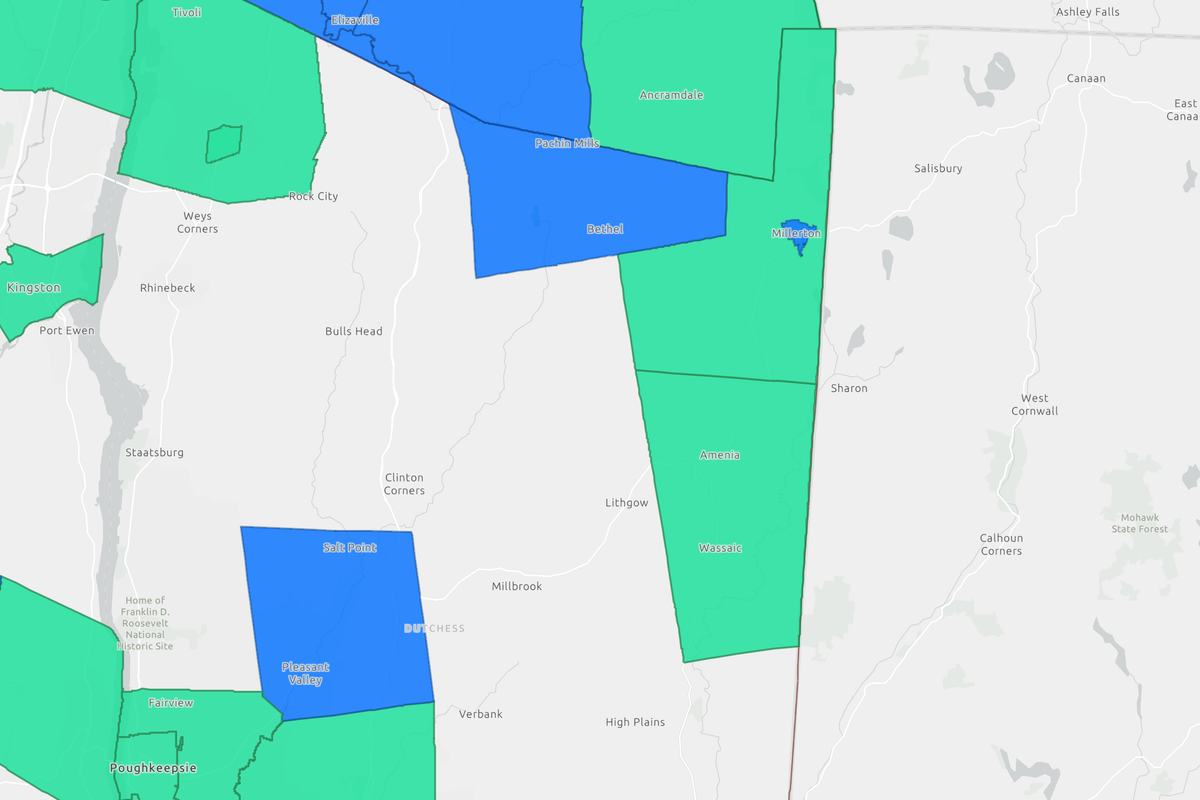

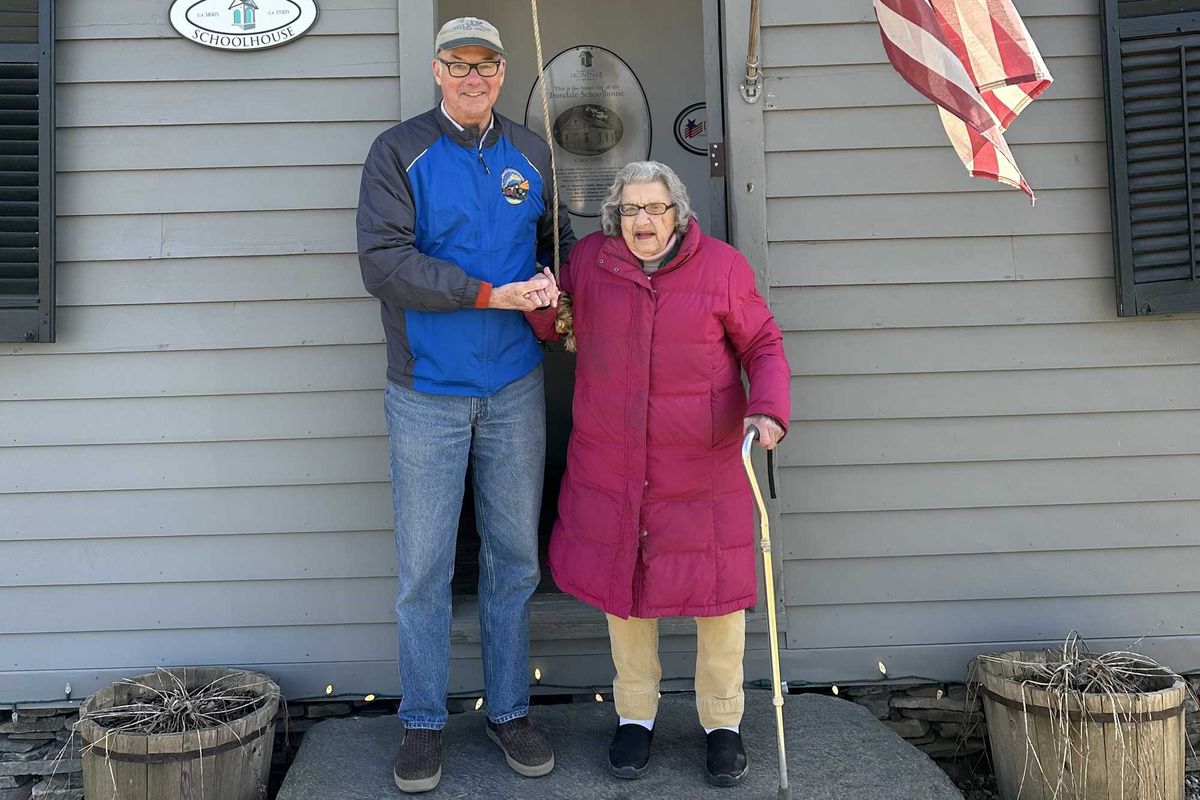
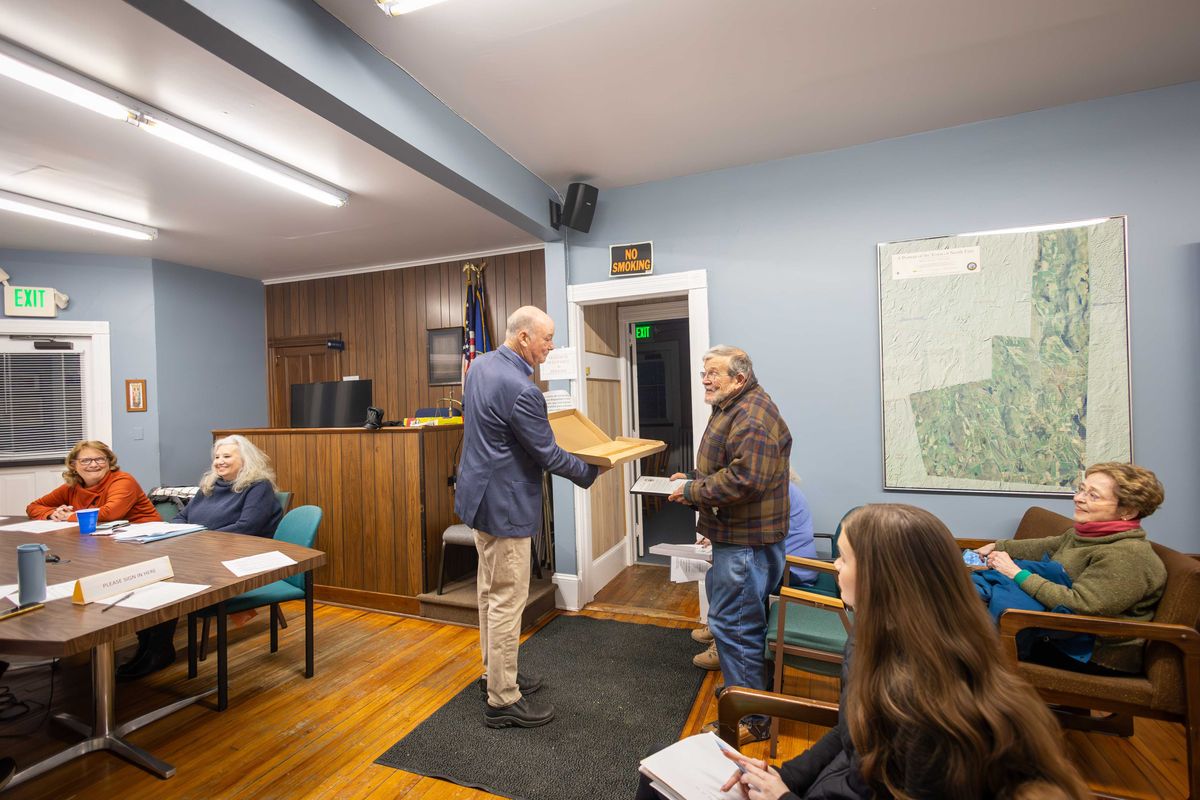


 Decaying equipment and infrastructure still greet those walking through the parking lot at the Millerton Square Plaza on Route 44 just east of the Village of MIllerton.Photo by Nathan Miller
Decaying equipment and infrastructure still greet those walking through the parking lot at the Millerton Square Plaza on Route 44 just east of the Village of MIllerton.Photo by Nathan Miller Eddie Collins Memorial Park on Route 22. Construction on the proposed pool is set to begin in 2026.Photo by Nathan Miller
Eddie Collins Memorial Park on Route 22. Construction on the proposed pool is set to begin in 2026.Photo by Nathan Miller